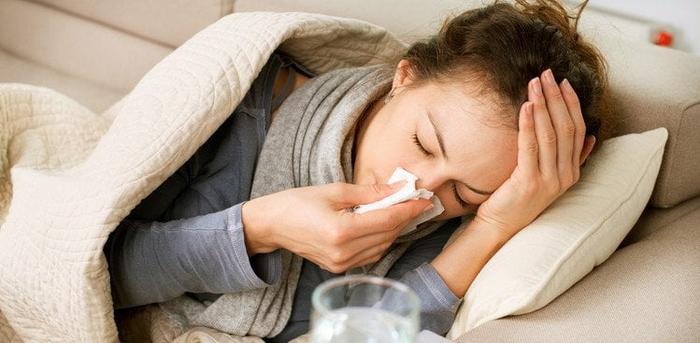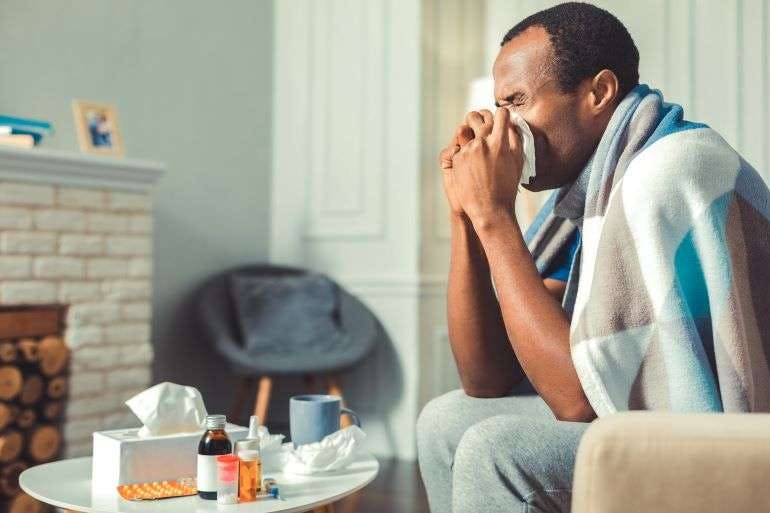When you're sick, your body enters "fight mode" - releasing
stress hormones
like cortisol and adrenaline that naturally raise blood sugar. This
happens even if you're not eating much. Understanding this biological
response is crucial for proper diabetes management during illness.
I've been managing diabetes for over 15 years now, and I'll be honest
with you - the first time I got proper flu after my diagnosis, I was
completely unprepared. My blood sugar went from its usual well-behaved
6-8 mmol/L range to consistently hitting 15+ mmol/L, despite me barely
eating anything. It didn't make sense at the time.
The Exception That Proves the Rule
There's one major exception to the "illness = high blood sugar"
rule. If you're vomiting loads or can't keep anything down,
especially if you're on insulin or sulfonylureas (like
gliclazide), you might actually go low. Your body's still pumping
out stress hormones, but you're not getting any carbs in. It's
like having the accelerator and brake pressed at the same time.
The Science Bit (Without the Boring Parts)
When you get ill - whether it's flu, COVID, a chest infection, or even
food poisoning - your body releases what we call "stress hormones." The
main culprits are cortisol, adrenaline, and growth hormone. These aren't
trying to make your life difficult; they're actually trying to help.
Your body thinks "Right, we're under attack, we need energy to fight
this off." So it tells your liver to convert stored glycogen into
glucose and dump it into your bloodstream. Problem is, when you have
diabetes, you either can't make enough insulin to deal with this extra
glucose (Type 1), or your body can't use the insulin properly (Type 2).
Why Blood Sugar Goes UP During Illness
- • Stress hormones increase glucose production
- • Dehydration concentrates existing glucose
- • Reduced physical activity
- • Some medications (like steroids) raise glucose
- • Sleep disruption affects hormones
Why Blood Sugar Might Go LOW
- • Vomiting prevents carb absorption
- • Poor appetite = reduced food intake
- • Still taking same insulin/medication dose
- • Diarrhoea can affect absorption
- • Fever increases metabolic rate
Real Talk: What This Actually Feels Like
Last winter, I caught what I thought was just a minor cold. Within 24
hours, my continuous glucose monitor was basically having a nervous
breakdown - alarms going off left, right and centre. My blood sugar hit
18 mmol/L at one point, and I genuinely felt worse from the high blood
sugar than I did from the actual cold symptoms.
The frustrating thing is that you feel rubbish from being ill, then you
feel even more rubbish from the high blood sugar - thirsty, tired,
headachy. It's like a double whammy. Plus, high blood sugar can actually
make it harder for your immune system to fight off the infection, so you
end up being ill for longer.
Expert Tip: The Two-Hour Rule
As someone who's been through this more times than I'd like to count,
here's what I wish someone had told me early on: check your blood
sugar every 2 hours when you're unwell, even if you normally only
check once or twice a day. Set phone alarms if you need to. Being ill
makes everything unpredictable, and those 2-hourly checks give you the
information you need to stay safe.



